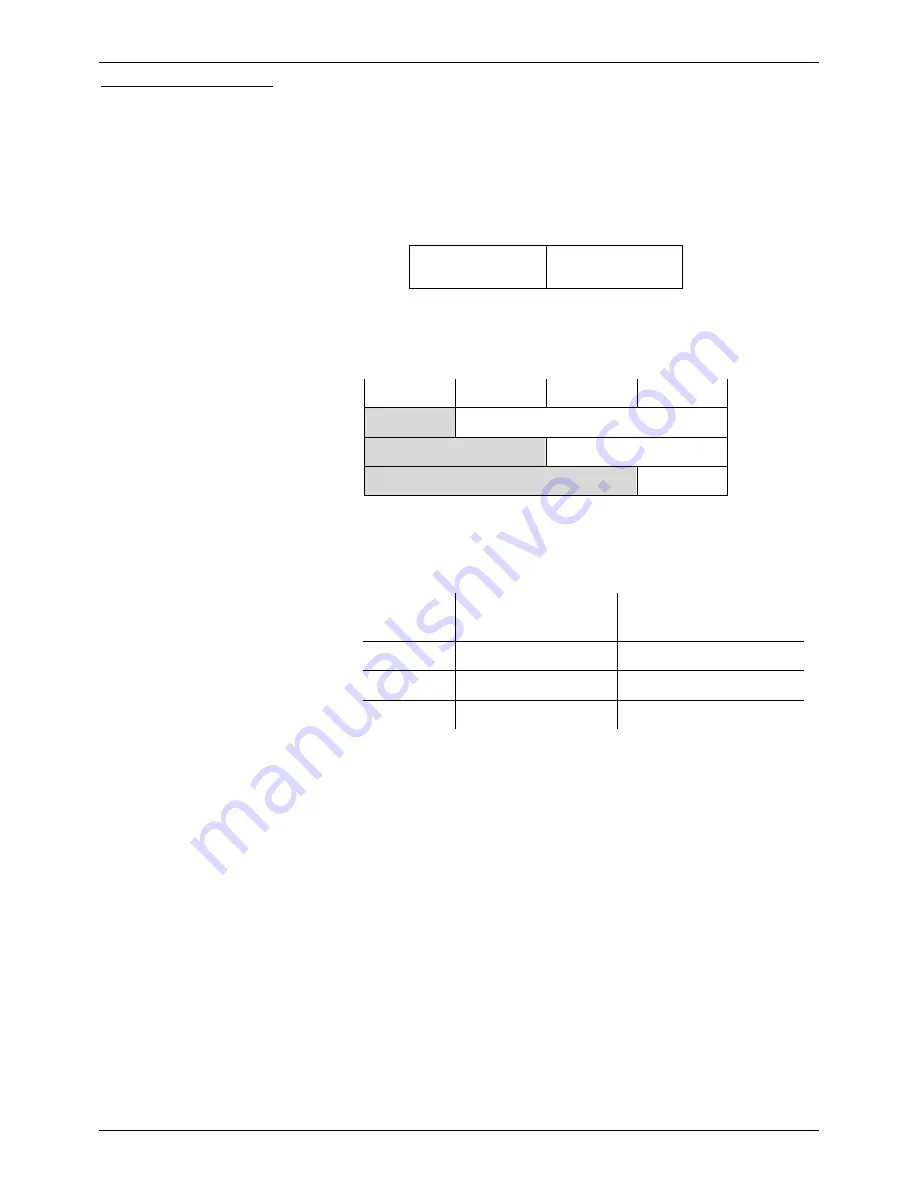
Glossary
SINAUT MD740-1
101 von 105
File 3172AD001_V1_1_060206.doc
File saved
06.02.2006
File printed
06.02.2006
State Freigabe
Autor Pauluhn
IP address
Each host or router on the Internet / Intranet has a unique IP
address (IP = Internet Protocol). The IP address is 32 bits (= 4
bytes) long and is written as 4 numbers (each in the region from 0
to 255) separated by dots.
An IP address consists of 2 parts: the network address and the
host address.
Network
address
Host address
All hosts in a network have the same network address, but different
host addresses. Depending on the size of the network concerned -
a distinction is made between Class A, B and C networks - the two
parts of the address can differ in length:
1st byte
2nd byte
3rd byte
4th byte
Class A
Net. addr.
Host addr.
Class B
Network addr.
Host addr.
Class C
Network addr.
Host addr.
Whether an IP address denotes a device in a Class A, B or C
network can be identified by the first byte in the IP address. The
following are fixed values:
Value
of
1st byte
Bytes for the
network address
Bytes for the host
address
Class A
1-126
1
3
Class B
128-191
2
2
Class C
192-223
3
1
In terms of figures, there can only be a maximum of 126 Class A
networks in the world, with each of these networks encompassing a
maximum of 256 x 256 x 256 hosts (3 bytes address space). Class
B networks can occur 64 x 256 times and can each contain up to
65,536 hosts (2 bytes address space: 256 x 256). Class C
networks can occur 32 x 256 x 256 times and can each contain up
to 256 hosts (1 byte address space).
Subnet mask
Normally, a corporate network with access to the Internet is
officially assigned only one single IP address, e.g. 134.76.0.0. In
this address example it can be seen from the 1st byte that this
corporate network is a Class B network, i.e. the last 2 bytes can be
used freely for host addresses. In terms of figures, this results in
address space for 65,536 possible hosts (256 x 256).



























